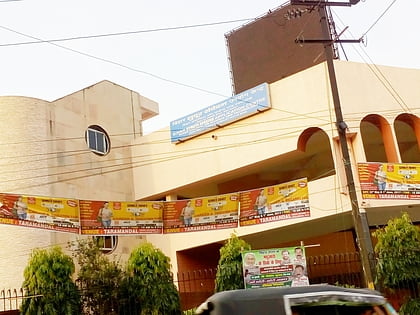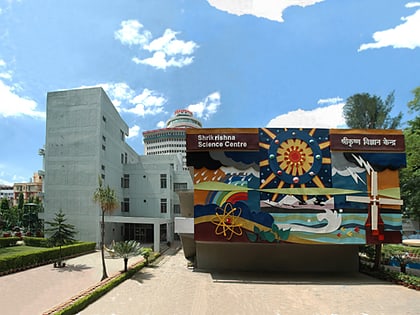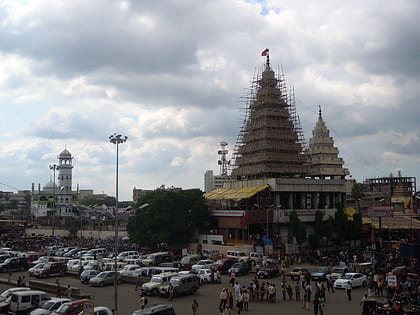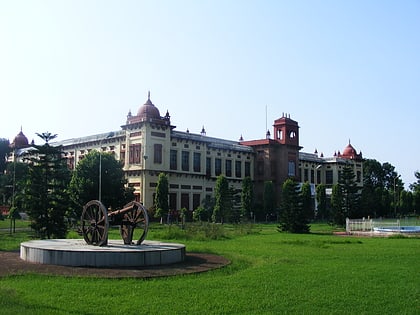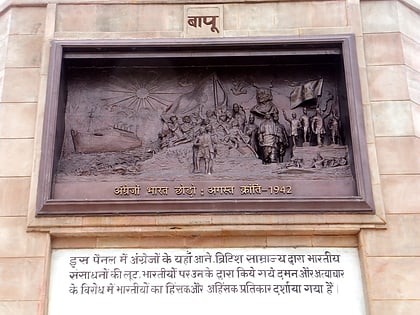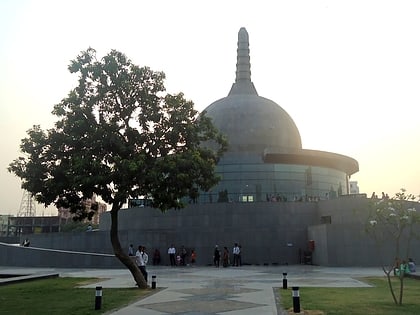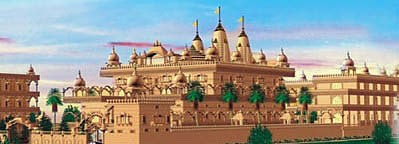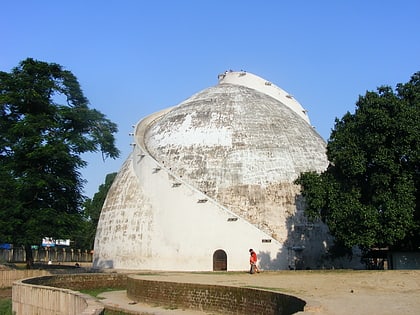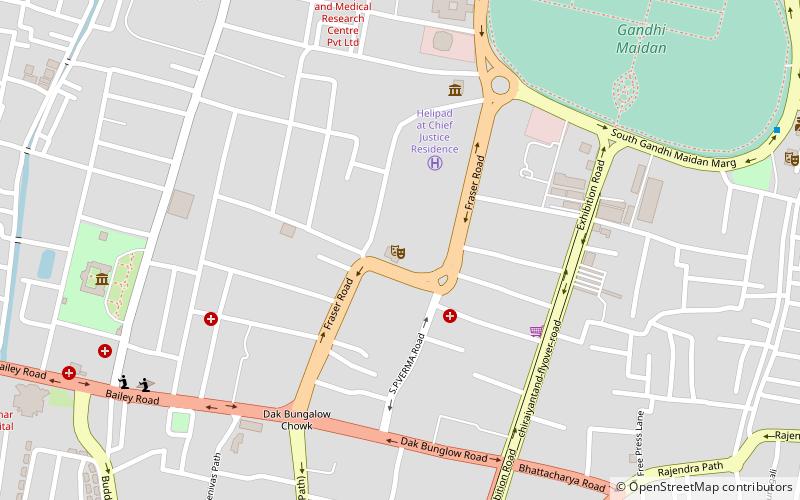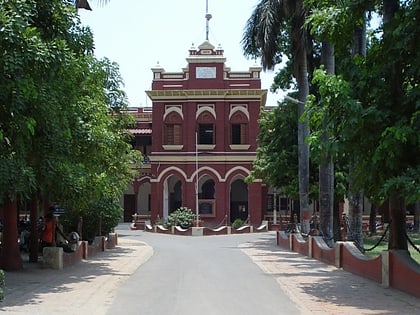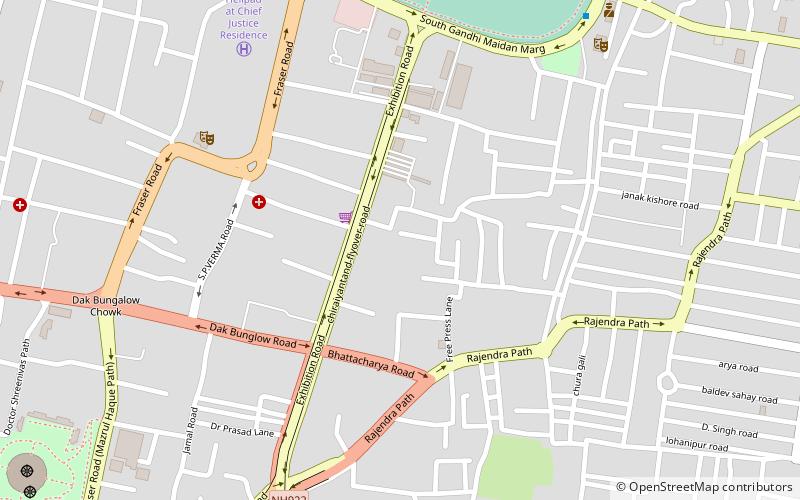Sabhyata Dwar, Patna
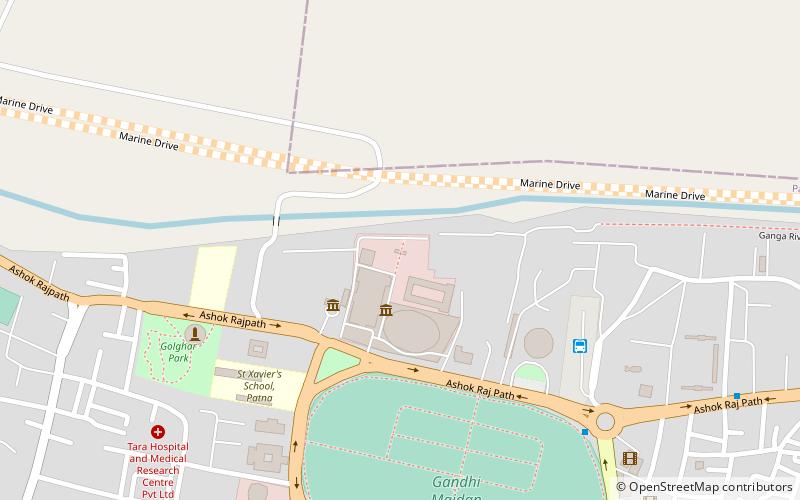
Facts and practical information
Sabhyata Dwar, a significant landmark in the historic city of Patna, India, stands as a testament to the region's ancient glory and cultural heritage. This imposing structure, often referred to as the Gateway of Civilization, is located on the banks of the River Ganges and was inaugurated on 27 November 2016. The archway is designed to represent the rich cultural and historical legacy of Bihar, a state known for its pivotal role in shaping Indian civilization.
The monument, which reaches a height of 32 meters, is built in sandstone and features intricate carvings that depict various aspects of the region's history and ethos. The design of Sabhyata Dwar draws inspiration from traditional Indian architecture, with elements that reflect the architectural style of the Mauryan Empire, which had its capital at Patliputra, modern-day Patna.
Sabhyata Dwar is not only a visual marvel but also serves as a symbolic gateway to the heartland of ancient Indian wisdom and learning. The structure is flanked by lush green landscapes and provides a serene environment for visitors to reflect on the historical significance of the area. It is strategically positioned to offer stunning views of the Ganges and the surrounding cityscape, making it a popular spot for both tourists and locals.
As a relatively new addition to Patna's array of historical attractions, Sabhyata Dwar complements other notable sites in the city, such as the ancient ruins of Pataliputra, the Golghar granary, and the Patna Museum. It has quickly become a must-visit destination for those interested in the region's past and serves as a cultural hub for various events and activities.
Patna
Sabhyata Dwar – popular in the area (distance from the attraction)
Nearby attractions include: Indira Gandhi Planetarium, Srikrishna Science Centre, Mahavir Mandir, Patna Museum.
